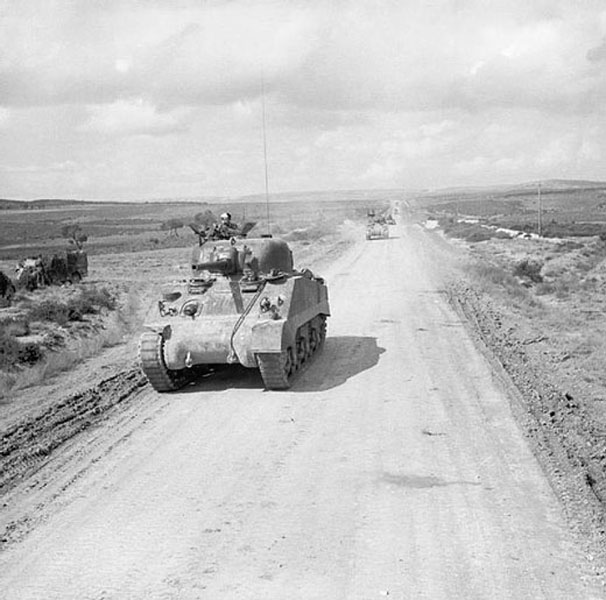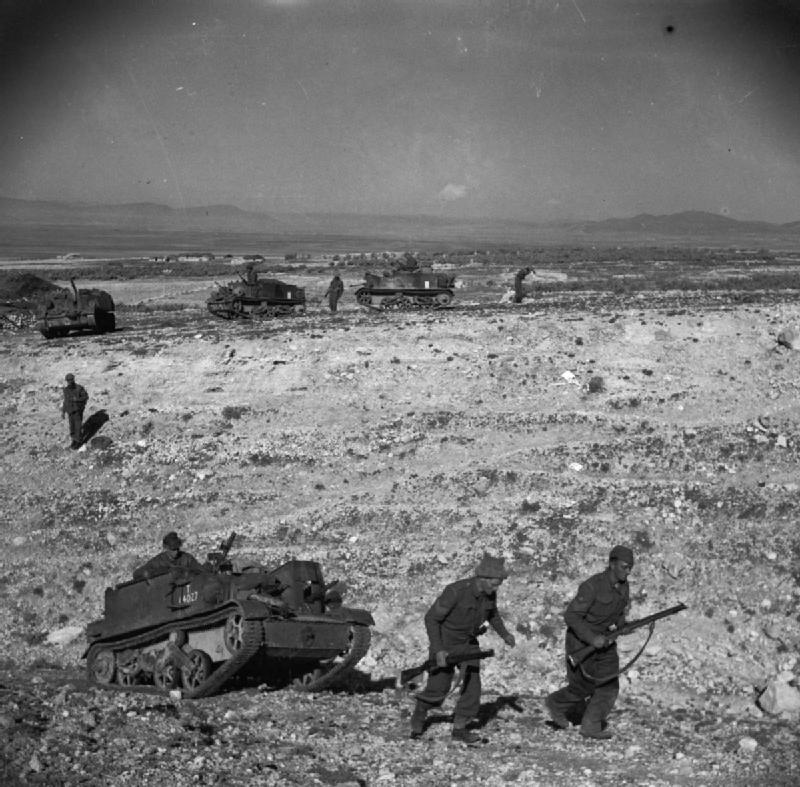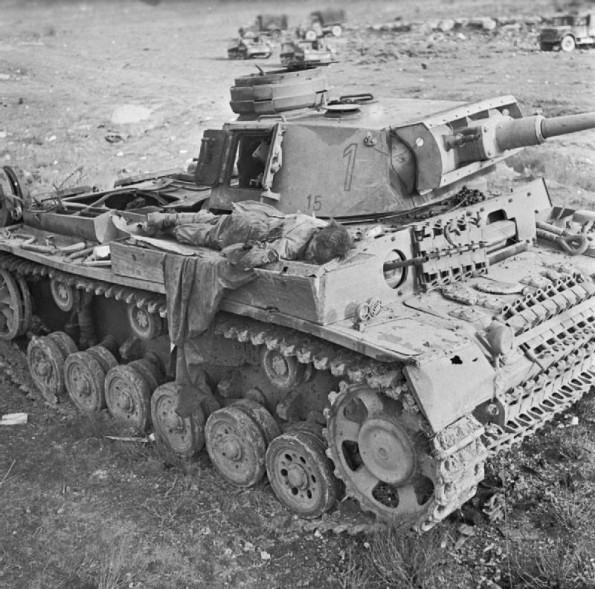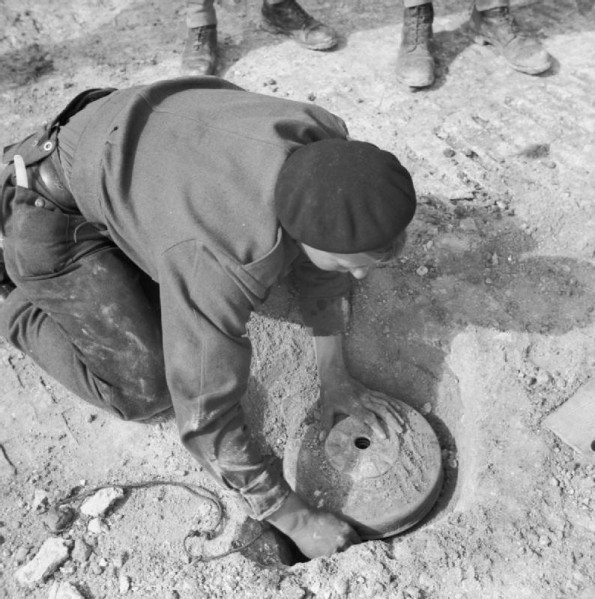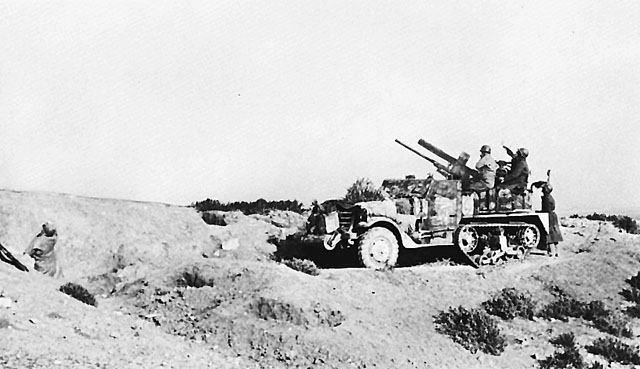Air Operations, Bismarcks
- 43rd Heavy Bomb Group B-17s attack the town and port area of Rabaul.
- 90th Heavy Bomb Group B-24s mount single-plane antishipping attacks.
Air Operations, CBI
BURMA- 51st Fighter Group P-40s destroy a span of the rail bridge at Pinbaw.
Air Operations, Europe
BOMBER COMMANDEvening Ops:
- 115 aircraft of Nos. 6 and 8 Groups are sent to Wilhelmshave. Included in the total are 71 Wellingtons, 27 Halifaxes, 9 Stirlings and 8 Lancasters.
- Reports from the ground call this raid a small one with little damage. There is no mention of casualties.
- There are no losses.
- 4 Mosquitos bomb Brauweiler and Düsseldorf without a loss.
B-24 Attack on Gotha, Germany |
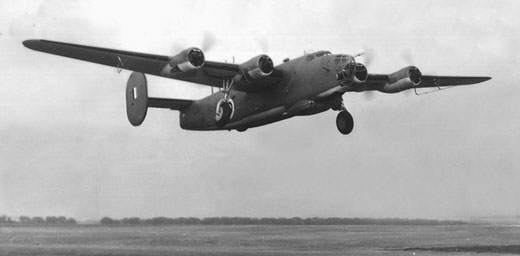 |
| On February 24, 1943, three squadrons of B-24 Liberators—goliath, four-engine, 56,000-pound bombers—streaked toward Germany to strike Hitler’s vaunted Luftwaffe at its heart, targeting a key production facility in the town of Gotha, Germany. Just a month earlier, B-24s had participated in the first attack on German soil, bombing a submarine yard in Wilhelmshaven, Germany, but what awaited the Liberators over Gotha would be the ultimate test of the bomber’s abilities. Eighty minutes into their flight, German fighters swooped in, taking their toll on the B-24 squadrons. Then came a firestorm of antiaircraft cannon shells, rockets, and air-burst bombs, turning the skies into a hellish expanse of bullets, smoke, and flak. Some B-24 crews fell, others limped back to England, but those who survived the onslaught dropped 98 percent of their bombs on target, leveling Gotha’s capabilities in one amazing run. Considered one of the best examples of precision bombing of the war, the raid on Gotha devastated German aircraft production and established the B-24 as one of the Allies’ most trusted bombers. |
Air Operations, New Guinea
- V Bomber Command B-25s and A-20s attack Japanese Army-occupied villages.
- B-25s attack Lae and the Malahang airfield at Lae/Malahang Airdrome.
- 90th Heavy Bomb Group B-24s mount single-plane antishipping attacks.
Air Operations, Solomons
307th Heavy Bomb Group B-24s attack Faisi and Kahili.
[Air Operations, Tunisia
- NASAF B-17s attack Kairouan Airdrome.
- NASAF B-25s attack and sink several Axis supply barges at sea near Cap Bon.
- NASAF B17s and B-26s attack the town of Kasserine and German Army troop and motor coluns in and around the Kasserine Pass.
- NASAF B-25s attack road traffic on the highway near Sbeitla.
- NATAF A-20s and fighters attack German Army motor vehicles in a wide area around Sbeitla and the Kasserine Pass.
- 52nd Fighter Group Spitfire pilots down 3 Bf-109s during a running noontime engagement near Tunis.
Atlantic
The British submarine Vandal is lost in an accident in the Firth of Clyde with the loss of her entire crew of 37.
[Axis Diplomacy
Ribbentrop meets with Mussolini in Rome.
[Baltic Sea
U-649 sinks following a collision with U-232.
| Class | Type VIIC |
| CO | Oberleutnant zur Zee Horst Hepp |
| Location | Baltic |
| Cause | Collision |
| Casualties | 35 |
| Survivors | 11 |
Eastern Front
Violent armored engagements continue in the sector of the German Army Group South and in the Orel area, defended by von Kluge's Army Group Center. Gen Josef 'Sepp' Dietrich's 6th SS Army counter-attacks south of Rzhev. The Russians are badly mauled and withdraw along a broad front during the next 2 weeks.
CENTRAL SECTORThe 13th and 48th Armies of the Bryansk Front have pushed the 2nd Army back 18 miles on the road to Orel in 3 days of bloody fighting, but German resistance is stiffening all the time.
SOUTHERN SECTORThe SS Panzer Corps pushes on to Pavlograd, capturing the town after a brisk battle. The Soviet corps commits to stopping the SS begins to retreat, abandoning their equipment as they flee. The XLVIII Panzer Corps continues to develop its attack, pushing east of Boguslav. Strong Soviet forces along the Samara River hold up other elements of the corps. Realizing the dire straits that the 6th Army is in, Vatutin orders the already defeated force onto the defensive.
[Germany, Home Front
A declaration by the Führer is read on the radio: 'We shall break and smash the might of the Jewish world coalition, and mankind struggling for its freedom will win the final victory in this struggle.' Following the Stalingrad collapse, German propaganda against the Bolshevik and Jewish menace has been at fever pitch, urging the Germans to renewed efforts and preparing them for greater hardships.
[
|
|
|
|
Mediterranean
The US freighter Nathanael Greene (7176t), en route to join the Algiers-bound Convoy MKS-8, is first torpedoed by U-565 about 40 miles northeast of Oran and then is hit with an aerial torpedo during an air attack, forcing her abondonment. 4 crewmen are lost in the attack. Survivors are rescued by the British minesweeper Brixham.
[North Africa
TUNISIARommel is appointed to command Army Group Afrika which is to include von Arnim's 5th Panzer Army and the 1st Italian Army of Gen Messe. This is a remarkable choice because, although a single commander is clearly required, Kesselring for one has certainly detected Rommel's tiredness.
Allied planes harry German forces withdrawing through Kasserine Pass. The Italian rearguards are destroyed with many being captured. The Germans pull back skillfully to the Eastern Dorsale, leaving behind booby traps.
In the British 1st Army's US II Corps area, Combat Command B, 1st Armored Div, and the 26th Armored Brigade, British 6th Armored Div, continue to follow the withdrawing enemy. The 1st Armored Div prepares to attack to recover Kasserine Pass. The attached 16th Infantry, 1st Div, is to lead off on the 25th. The 26th Regimental Combat Team, less the 2nd and 3rd Battalions, reverting to 1st Div Command, moves to El Ma el Abiod to defend the pass.
In the British 8th Army area, Gen Montgomery orders the 7th Armored and 51st Infantry Divs to maintain pressure on the enemy along the coast and on the Gabès road, respectively.
|
|
